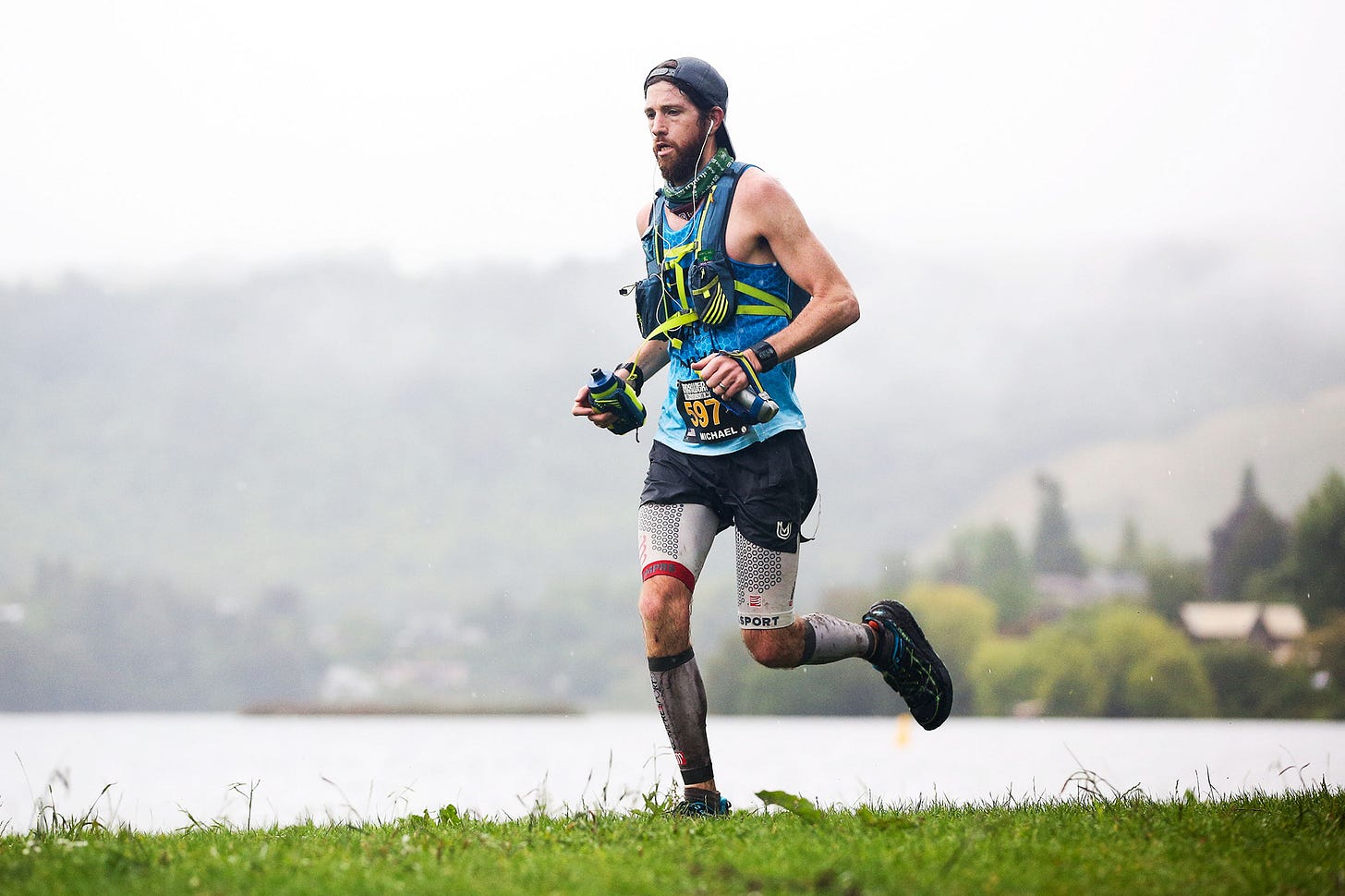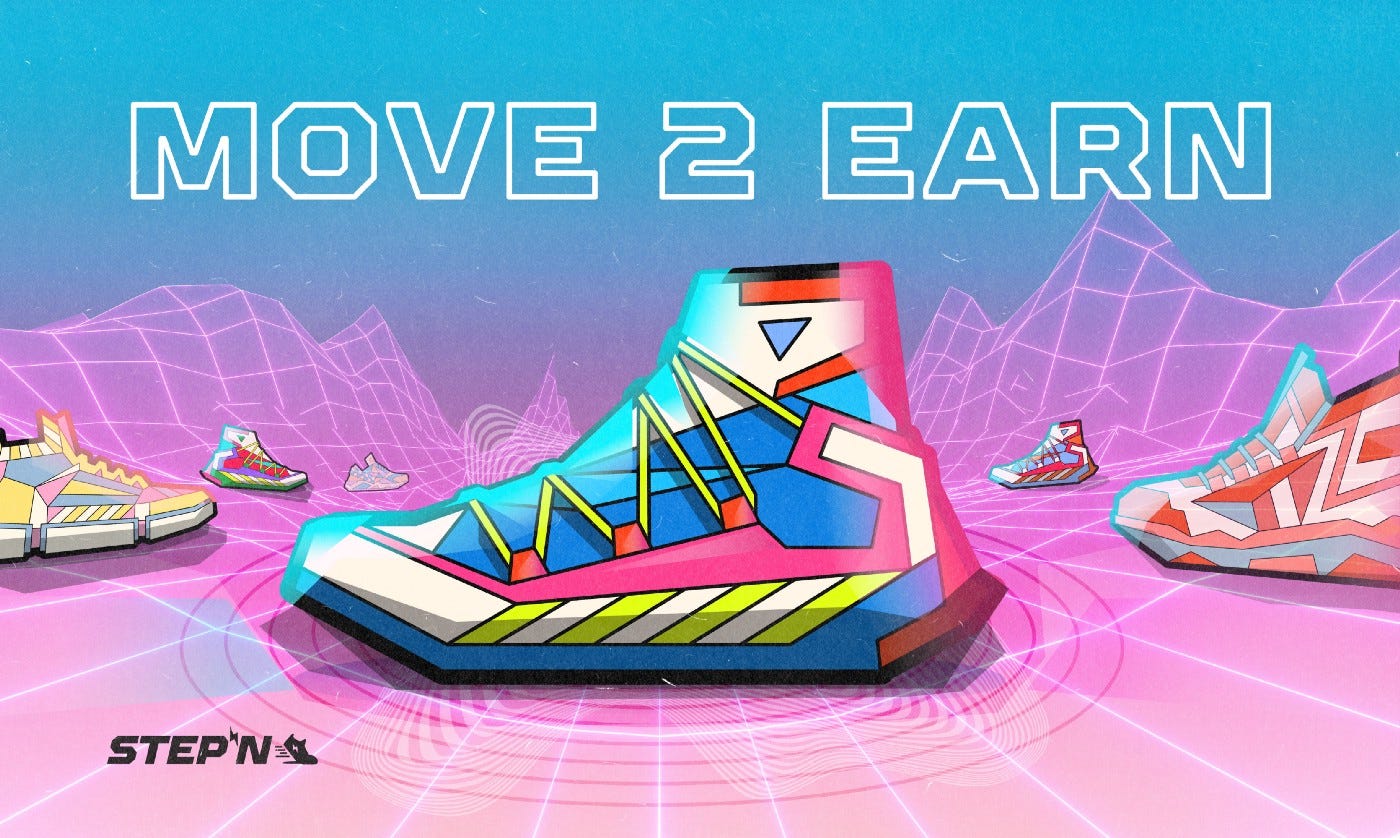Forrest Gump ran for three years, two months, 14 days, and 16 hours, traversing the United States almost five times before deciding it was time to go home. Whew, I’m exhausted from just typing that sentence. This phenomenal run has inspired a real-life Forrest Gump, Michael Wardian. In an article in the Harrison by Joe Lint titled “The Real Life Forrest Gump.” Running Across America, we meet Michael Wardian of Morgantown, West Virginia. Even at a young age, he always dreamed about running across America. His journey started on May 1, 2022, in San Francisco, CA. He ran across 13 states, traveling more than 3,200 miles on America’s loneliest highway, Route 50, and ended at Rehoboth Beach, Delaware on July 1, 2022. Unlike Forrest, Michael is a Pro Marathon and Ultra-Marathon runner. He ran for an incredible cause. “I thought running across America would be a good way to raise awareness for World Vision and what they are doing to help people get clean water,” said Michael Wardian. Michael’s goal was to raise $100,000 for World Vision. He raised $115,113! Kudos to you Michael.
Ultramarathoner Michael Wardian Runs Across the U.S. in 62 Days: 'I Feel Like I Was Made to Do This'- The Guardian
World Vision’s website states that more than 800 children under age 5 die every day from diarrhea caused by contaminated water, poor sanitation, and unsafe hygiene. World Vision is the leading non-governmental provider of clean water on the planet, reaching one new person with clean water every 10 seconds. In 2021, World Vision celebrated the achievement of helping 20 million people around the world get access to clean water.
World Vision International
While Forrest Gump ran to find himself and Michael Wardian ran to help bring attention to the devastating effect on those without access to clean water. You too can run for a worthy, yet less noble cause. Money! No judgment here, my friends. The more money one has, the more one can help. So put your track shoes on and get to stepping. Or better yet STEPN. STEPN is one of several blockchain-based fitness apps that are on the rise. In an article for Decrypt by Andrew Howard titled “Move-To-Earn”, Game STEPN Renews Token Burn Amid Ethereum Expansion, we learn that STEPN is a mobile app that rewards users with cryptocurrency for running and walking in the real world. It’s an experience that Manghani recently described on Decrypt’s gm podcast as being like “Strava meets Pokemon Go.”
Users must buy NFT digital sneakers using cryptocurrency, but then they can earn token rewards in return by getting out and moving. Manghani said in June that the game has amassed more than 3 million active users since launching less than six months ago. Currently, STEPN is primarily based on the Solana blockchain, but the company has also released digital sneakers on BNB Chain, formerly known as Binance Smart Chain. STEPN has recently revealed an expansion to the Ethereum blockchain. According to the company, it earned $122.5 million in second-quarter profits from platform fees.
STEPN founders Yawn Rong and Jerry Huang
In a Cointelegraph article from Tom Mitchel Hill titled, “People want to be paid crypto to exercise in the Metaverse: Survey”, Tom says that a new survey has revealed that blockchain technology may be a better fitness motivator than traditional monetary incentives. The survey found that 80% of people surveyed would be motivated to take up more physical exercise if they were paid in cryptocurrency for their efforts. Fitness website FitRated asked 1,001 Americans for their thoughts on blockchain-related fitness technology. Their survey also found that a staggering 40% of people surveyed would be willing to cancel their current physical gym membership for one in the Metaverse. Several move-to-earn projects are trying to capitalize on this trend. 83% of respondents said they liked the fact that blockchain-based fitness applications gamified physical activity. Walking is the number one activity of choice, followed closely by cycling and swimming. Hill states that while STEPN may be one of the more well-established Web3 applications in the fitness world, it certainly isn’t alone. Another move-to-earn app called Step App, which runs on the Avalanche blockchain has emerged as a competitor. As well as OliveX. These Web3 companies and their applications are just trailblazers ahead of the other Web3 companies looking to tap into the $100 billion fitness industry.
According to Blockchain Simplified, there are many other benefits of blockchain technology in the fitness industry. Improved data privacy and security. Elimination of middlemen and third parties. Cryptocurrency payments and an untampered and immutable system. Man, blockchain is the Swiss Army Knife of technology. It's not going anywhere.
We’ve got no excuses for not working out now. Thanks a lot, blockchain. I guess it’s six-pack abs and buns of steel time my friends. But don’t panic! Whether you’re running for your health or running to happy hour, you’re always welcome at Medallion XLN. We may not be the place where everybody knows your name but pretty soon everybody will know ours. See, you’re already ahead of the game and we can’t wait until the starter’s gun fires. We’ll be coming out of the starting blocks like Usain Bolt. Thanks for running with us. Let’s go!!!
Subscribe to Medallion XLN as we are building the next generation of technology using XR, Blockchain, AI, and the power of decentralization to reclaim our digital sovereignty.












Do you think that being incentivized by Blockchain to work out in the Metaverse will keep you in shape?
Michael Wardian, a 48-year-old resident of Arlington, Virginia, on Friday finished running the entire length of the United States, joining the group of fewer than 400 people who are known to have crossed the US on foot.
Along the way, Wardian also collected money for helping families around the world get access to clean drinking water. By the time he was about to complete what he set out to accomplish, he collected more than $100,000 - which will be donated to charitable organization World Vision.